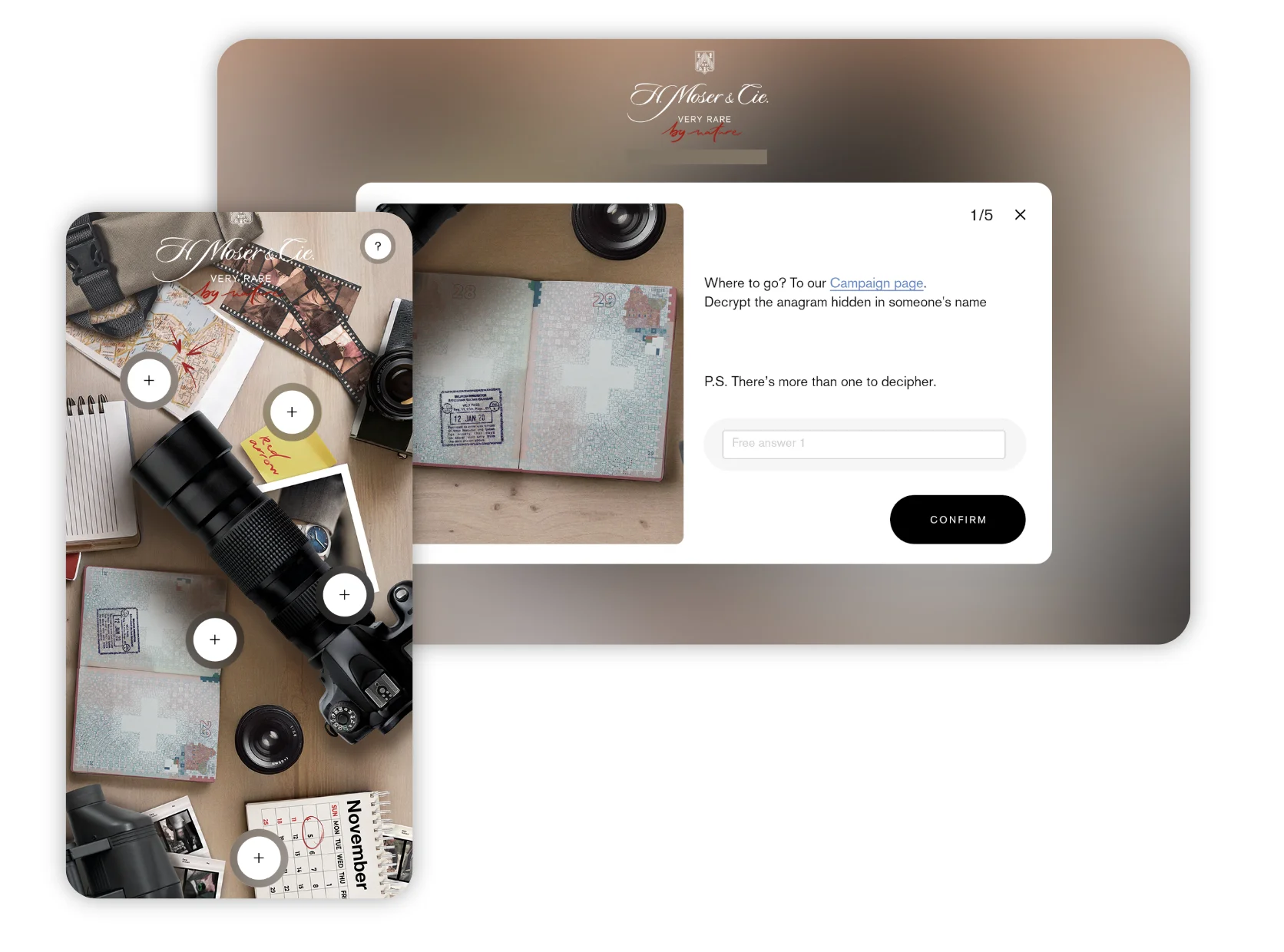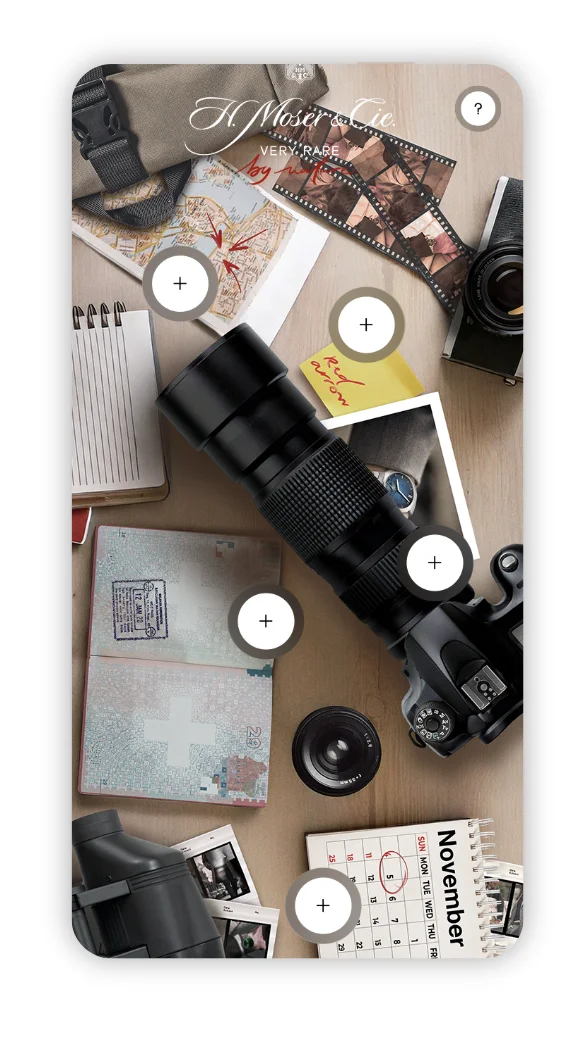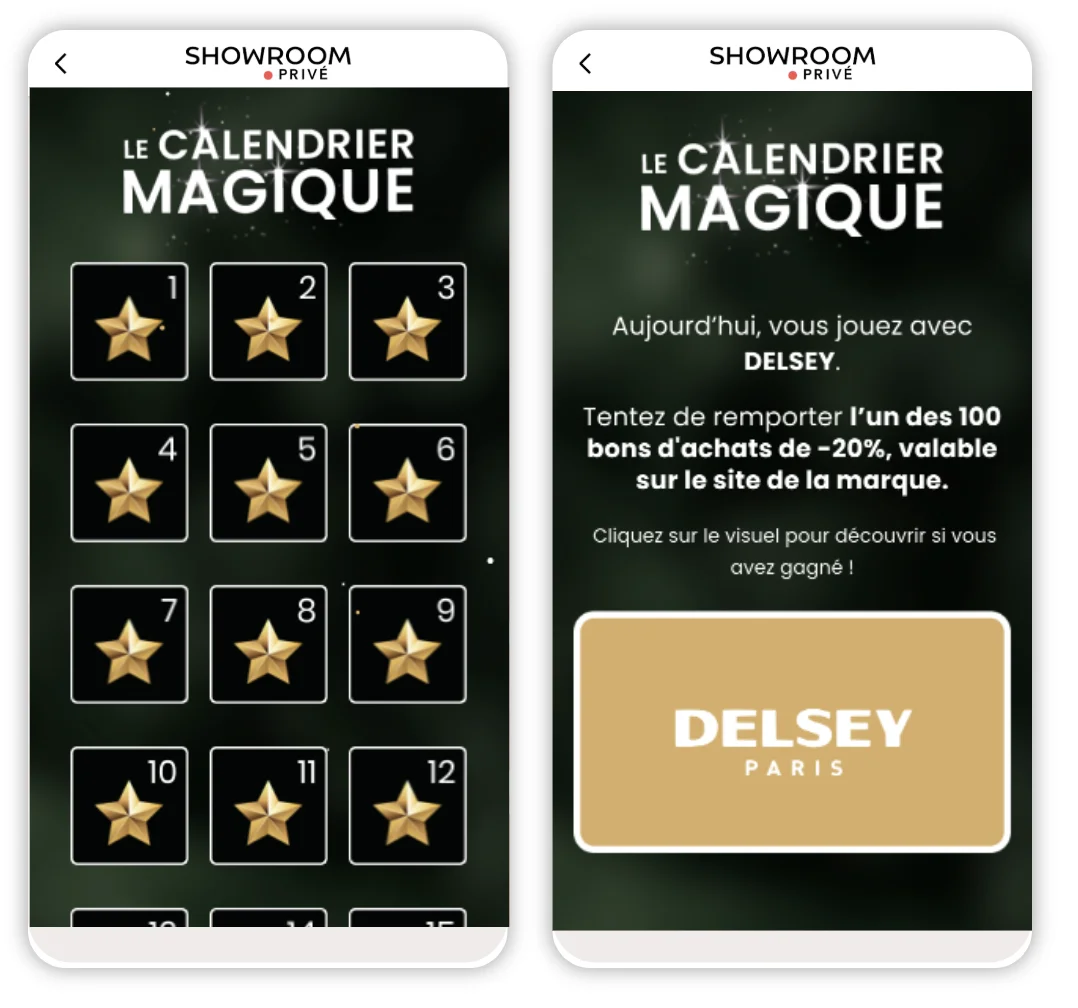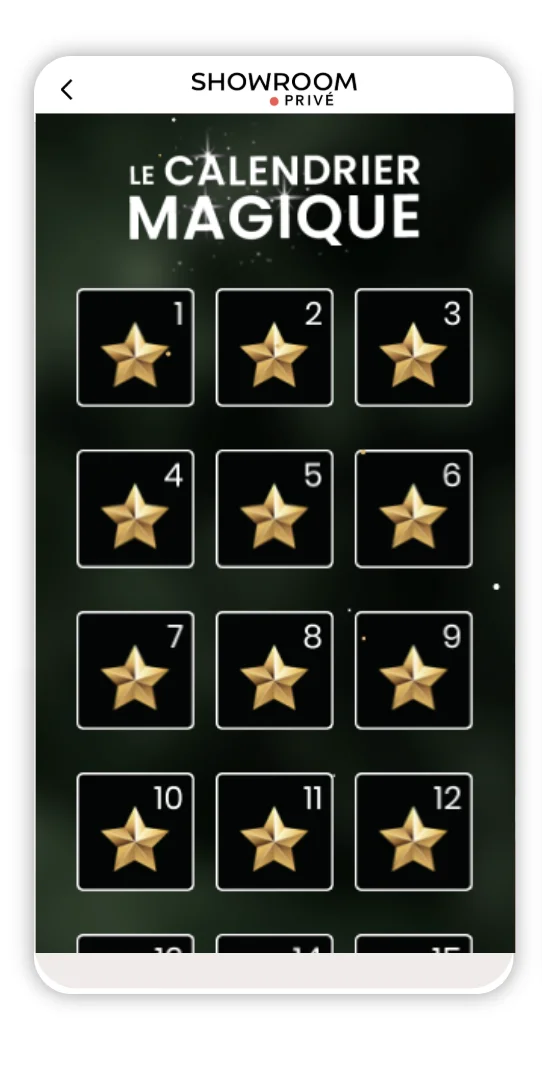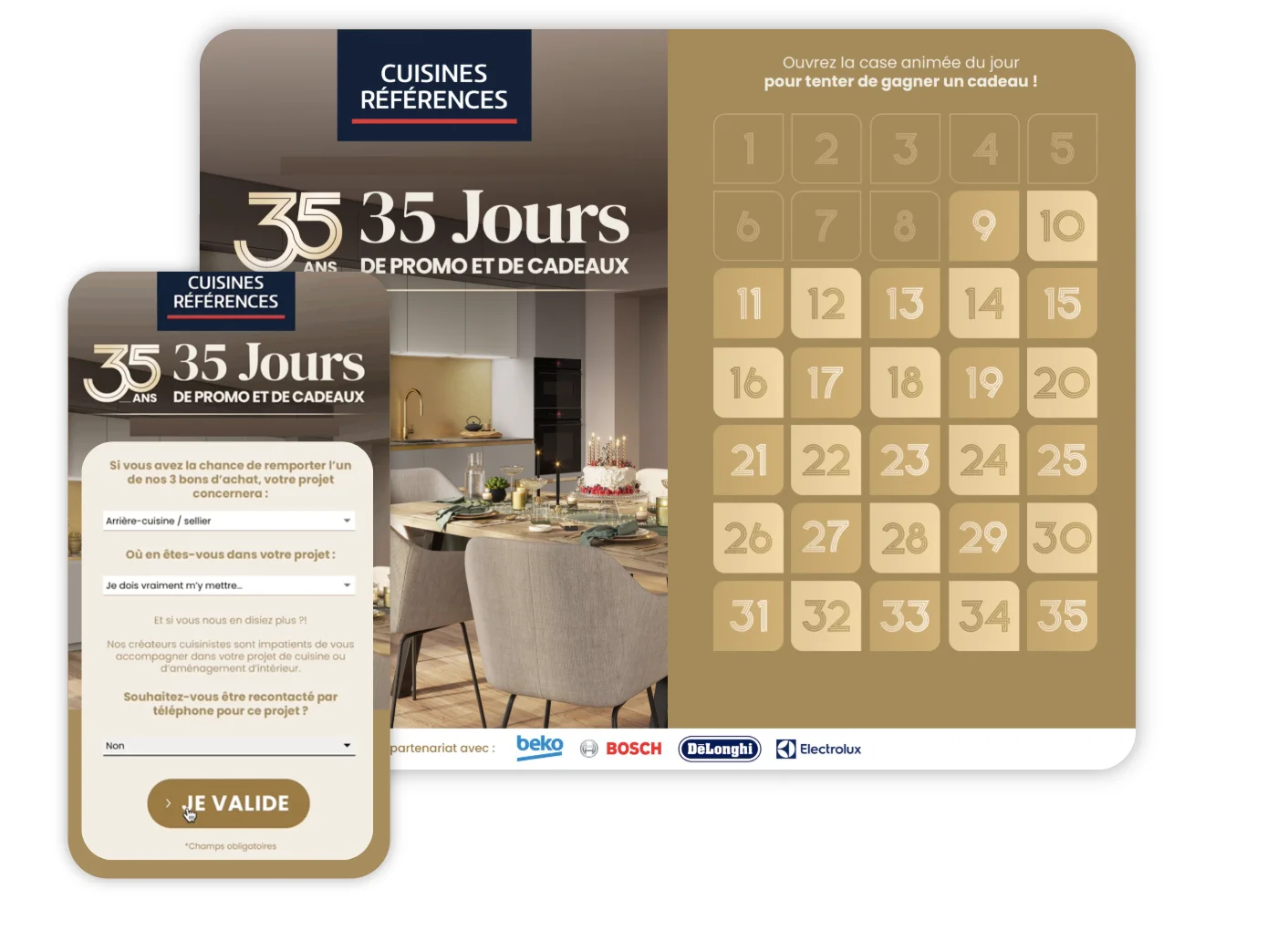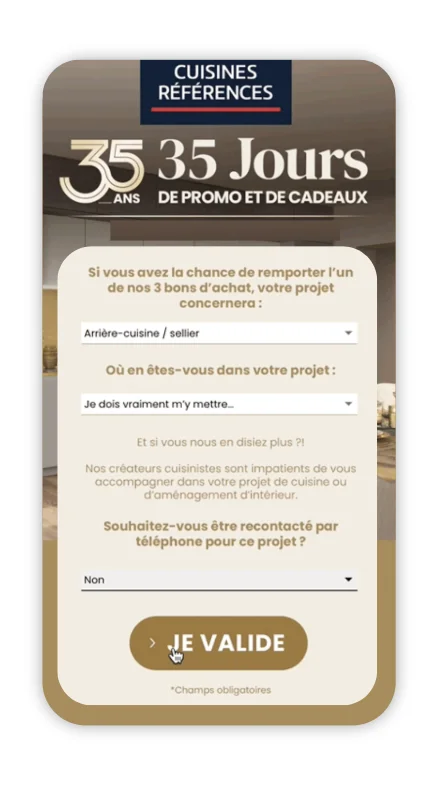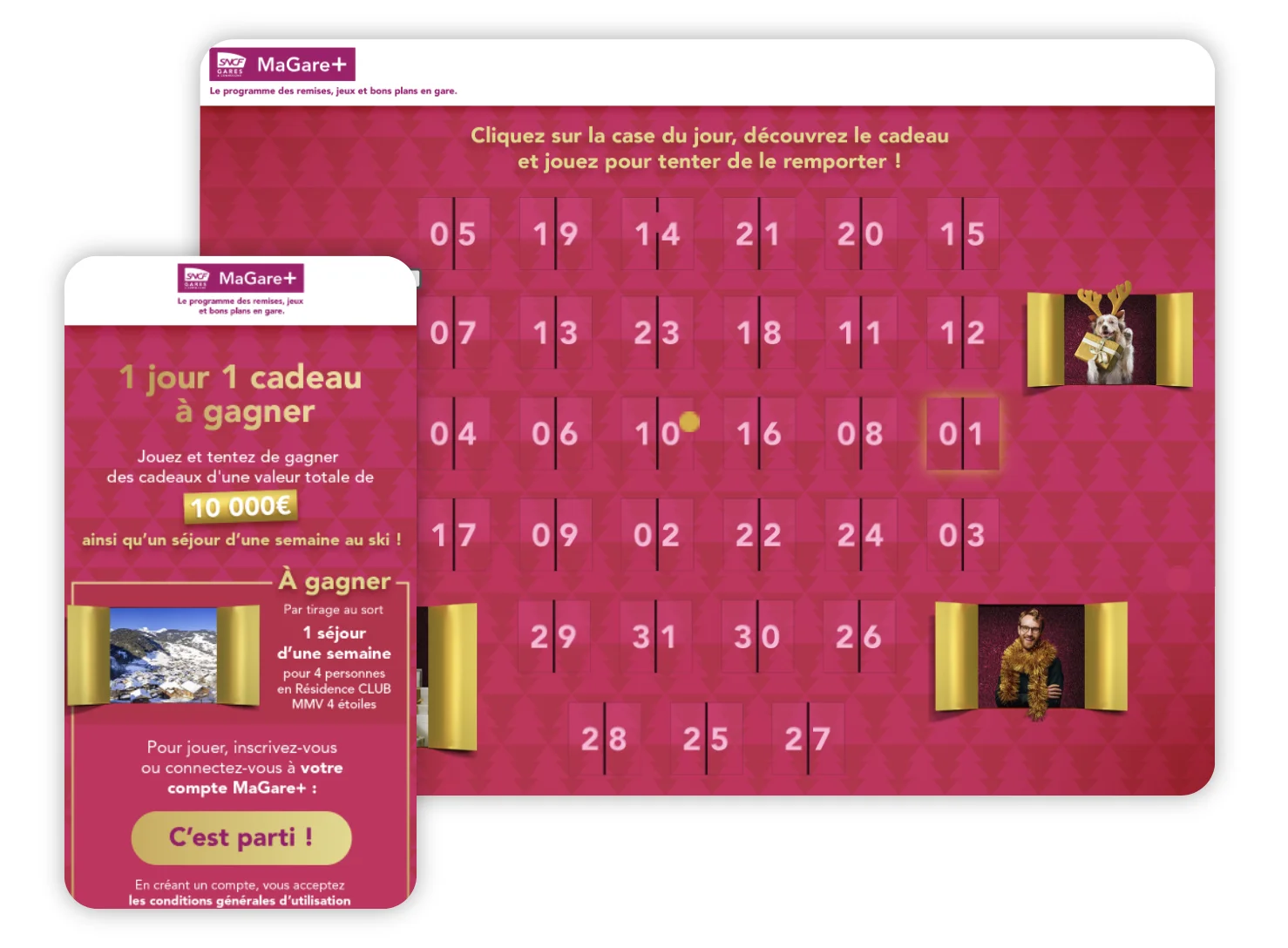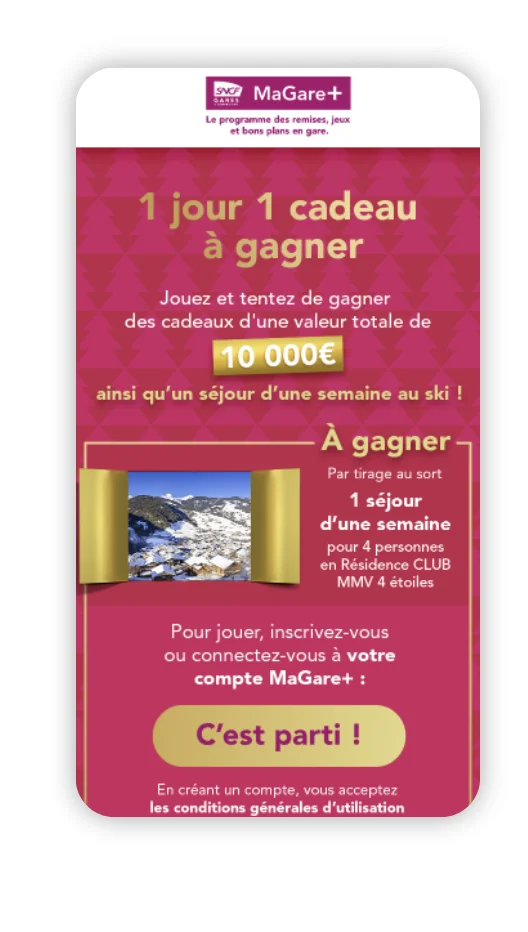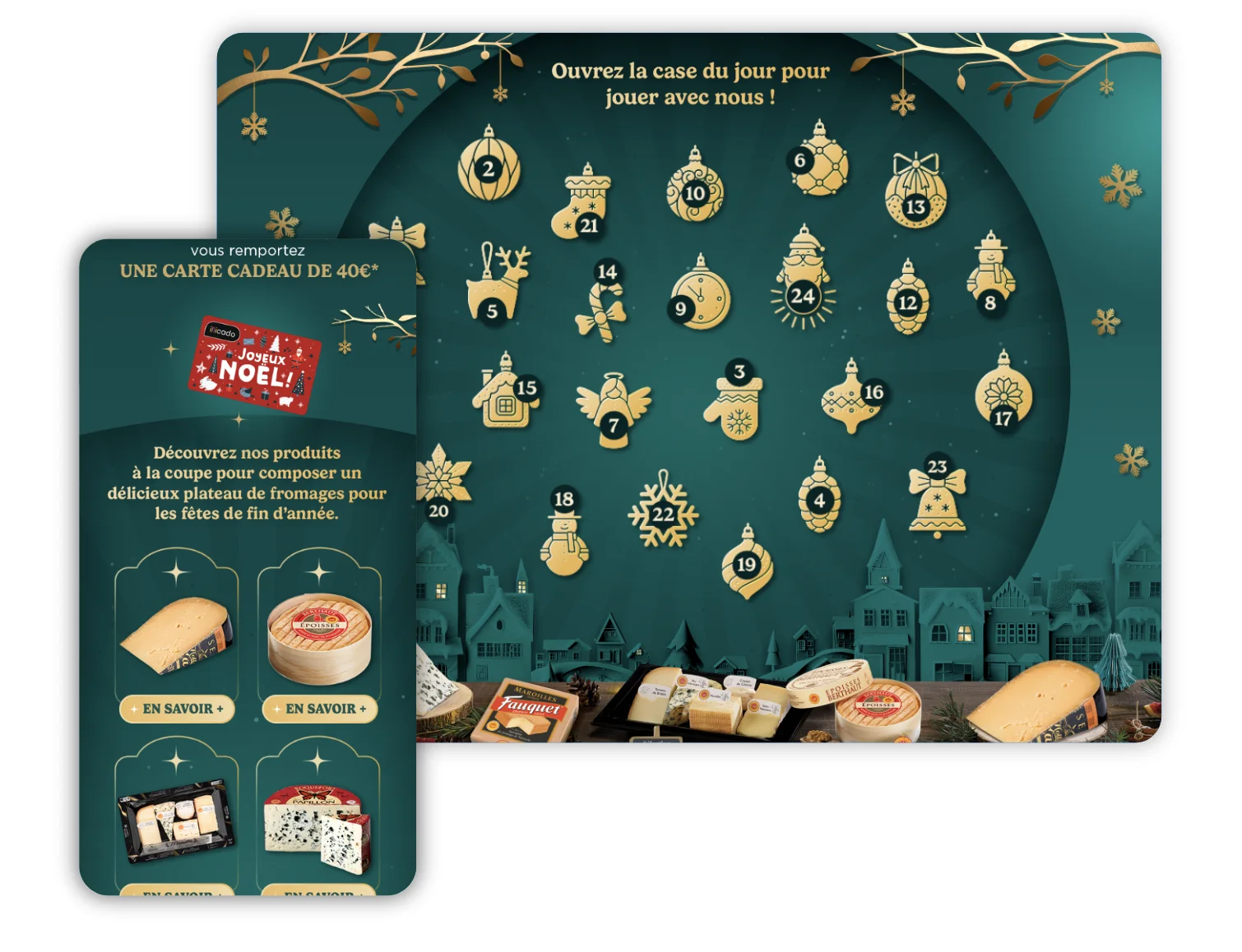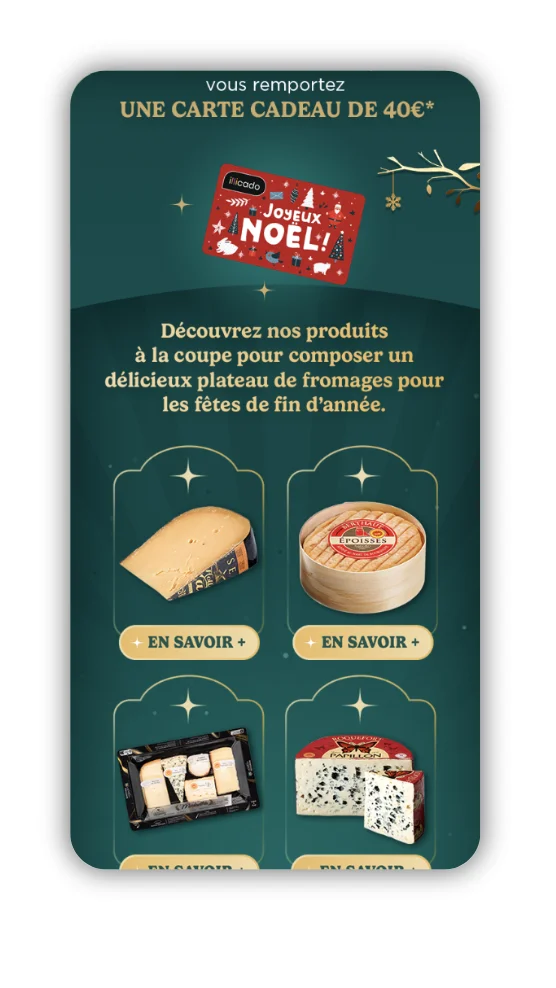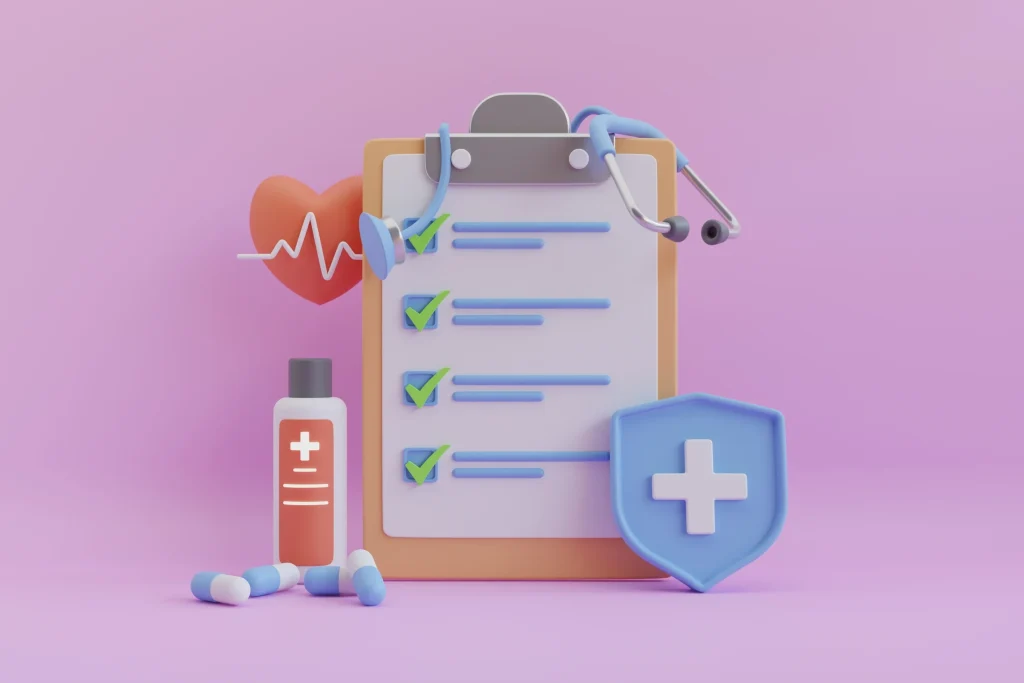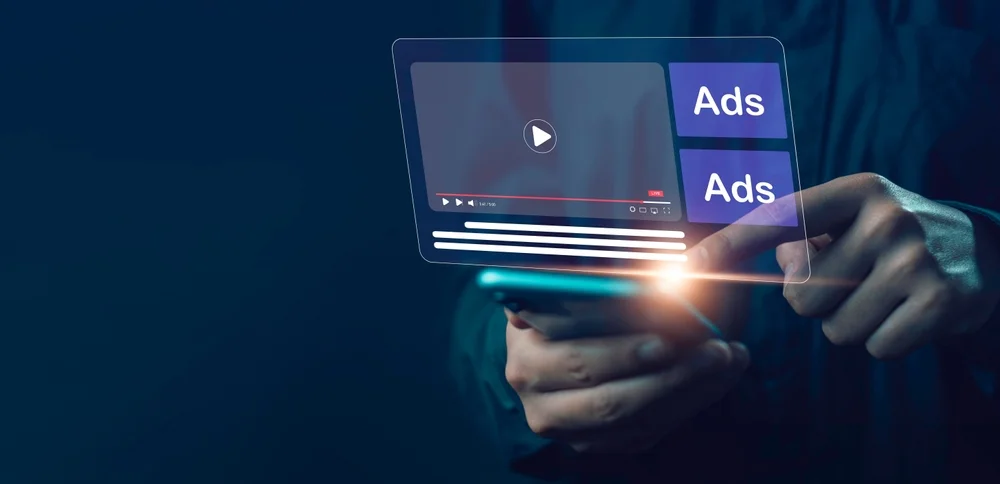
Advergaming: how gaming is transforming the advertising experience for brands
In an environment saturated with commercial messages, consumer attention is becoming a scarce resource. On average, a person is exposed to nearly 10,000 advertisements per day. This overexposure leads to ad fatigue, making formats less effective at capturing interest and generating engagement.
Faced with this reality, brands are exploring new, more immersive levers. Advergaming is a strategic alternative. By combining interactivity, entertainment, and immersion, it links the brand universe to an experience.
In this article, we focus on advergaming as an innovative lever: definition, benefits, and best practices for leveraging the world of advergames.
What is advergaming?
Advergaming involves promoting a brand, product, or message through a game designed for that purpose. A combination of “advertising” and “gaming,” this format is based on a simple concept: integrating advertising into a fun environment to maximize user engagement.
Unlike traditional formats, advergames don’t just interrupt the browsing experience: they are at the heart of it. The game world reflects the brand’s values, encourages interaction, and generates emotional attachment. This approach immerses users in the advertiser’s DNA.
The different formats of advergaming
Advergaming can take many forms, tailored to different marketing objectives, targets, and budgets. Each format offers advantages that allow brands to connect with their audiences in a fun way.
1. Games dedicated to the brand
These games are created around the brand or product. The aim is to immerse the user in a universe.
Example: Coca-Cola launched mobile games where users interact with the brand’s universe, strengthening its relationship with consumers. The “Coca-Cola” Freestyle app allowed users to interact with a virtual beverage dispenser and create personalized mixes by choosing from a range of flavors.
2. Promotional mini-games
These short, accessible games are promotional tools for limited-time campaigns. They come in the form of quizzes, arcade games, or challenges, with rewards (such as discounts or free products) up for grabs.
Example: Quick uses mini-games in its mobile apps to offer loyalty points, attracting high participation during campaigns.
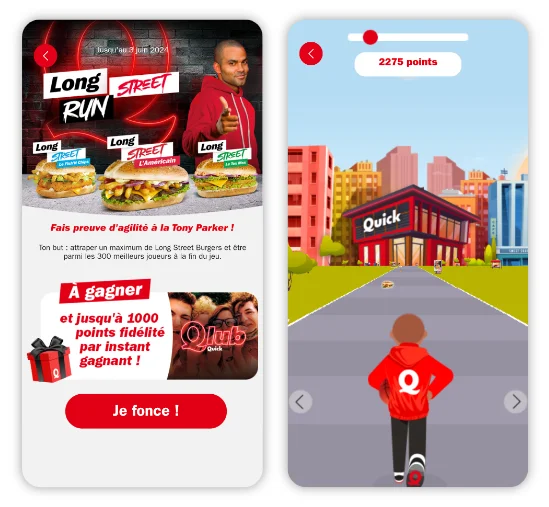
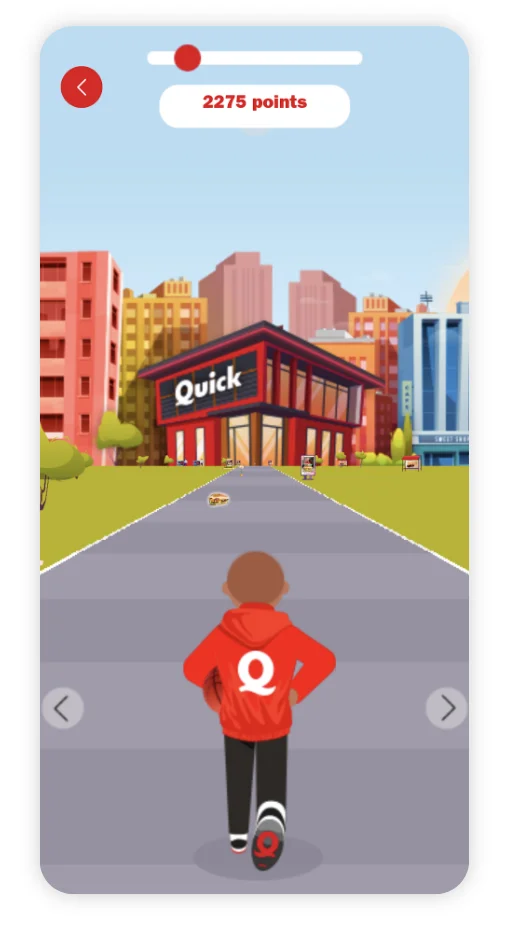
3. Social and multiplayer games
These games encourage collaboration and competition between players. Often integrated into social platforms, they generate virality and expand the audience exponentially.
Example: Burberry launched a multiplayer mobile game called B Surf in 2020. Accessible via browser and mobile, the game allowed users to compete in stylized surfing races by customizing their avatars with items from Burberry collections.
4. Augmented reality (AR) games
AR games superimpose virtual elements onto the real world, allowing for playful interaction with the environment. These games are interactive and offer a unique immersive experience.
Example: Pokémon GO, although not strictly an advergame, has inspired many brands to use augmented reality in their campaigns. Starbucks did this with AR games deployed in stores to promote seasonal products.
Why do brands use advergaming?
Advergaming is a strategic tool of choice for brands. By integrating brand elements into a fun experience, this approach creates an authentic and lasting connection.
Advergaming offers several key benefits for brands:
- Creation of a dynamic and modern brand image. Advergaming helps modernize the brand image and strengthen brand awareness among target audiences.
- Viral potential and increased reach. The playful dynamic creates a viral loop where participants, motivated by rewards, promote the game, thereby increasing brand visibility.
- Enhanced engagement and interaction with consumers. The playful experience captures attention by making the brand an integral part of the consumer experience, while providing captivating entertainment.
- Data collection and campaign customization. By maximizing interactions, advergaming provides an opportunity to collect data. This information can be used to refine marketing campaigns and offer personalized experiences.
- Immersive experience and customer loyalty. Fun interaction helps strengthen relationships with consumers, encouraging repeat purchases and brand loyalty.
When and how should you launch an advergaming campaign?
Advergaming is a powerful tool, but it is essential to choose the right timing and mechanics for your marketing objective. Here’s how to determine when and how to launch an advergaming campaign.
Choose your game mechanics based on the marketing context
The choice of game mechanics must be tailored to the objective, context, and expectations of the target audience. Here are some examples of effective mechanics depending on the context:
- Instant wins: This type of mechanism is ideal for creating responsiveness. Instant wins are relevant for promotional periods (such as sales or Black Friday). Or for campaigns aimed at generating sales or engagement over a short period of time. Example: The brand Qui Veut du Fromage (Who Wants Cheese) used a puzzle game to boost its visibility and recruit subscribers.
- Memory or Quiz: ideal for presenting a product or introducing a collection. These mechanics engage participants through interactive learning. Example: Total shared a quiz with its CRM database to promote its offering in an educational way and identify potential customers.
- Score-based game or competition: a challenge with a ranking system is a great way to boost engagement over long periods of time. This mechanism is effective in event-based or seasonal campaigns (such as Christmas or summer) to stimulate prolonged interaction. Example: GRDF opted for Tiny Wing mechanics to maximize the time spent with the brand and promote memorization of its message.
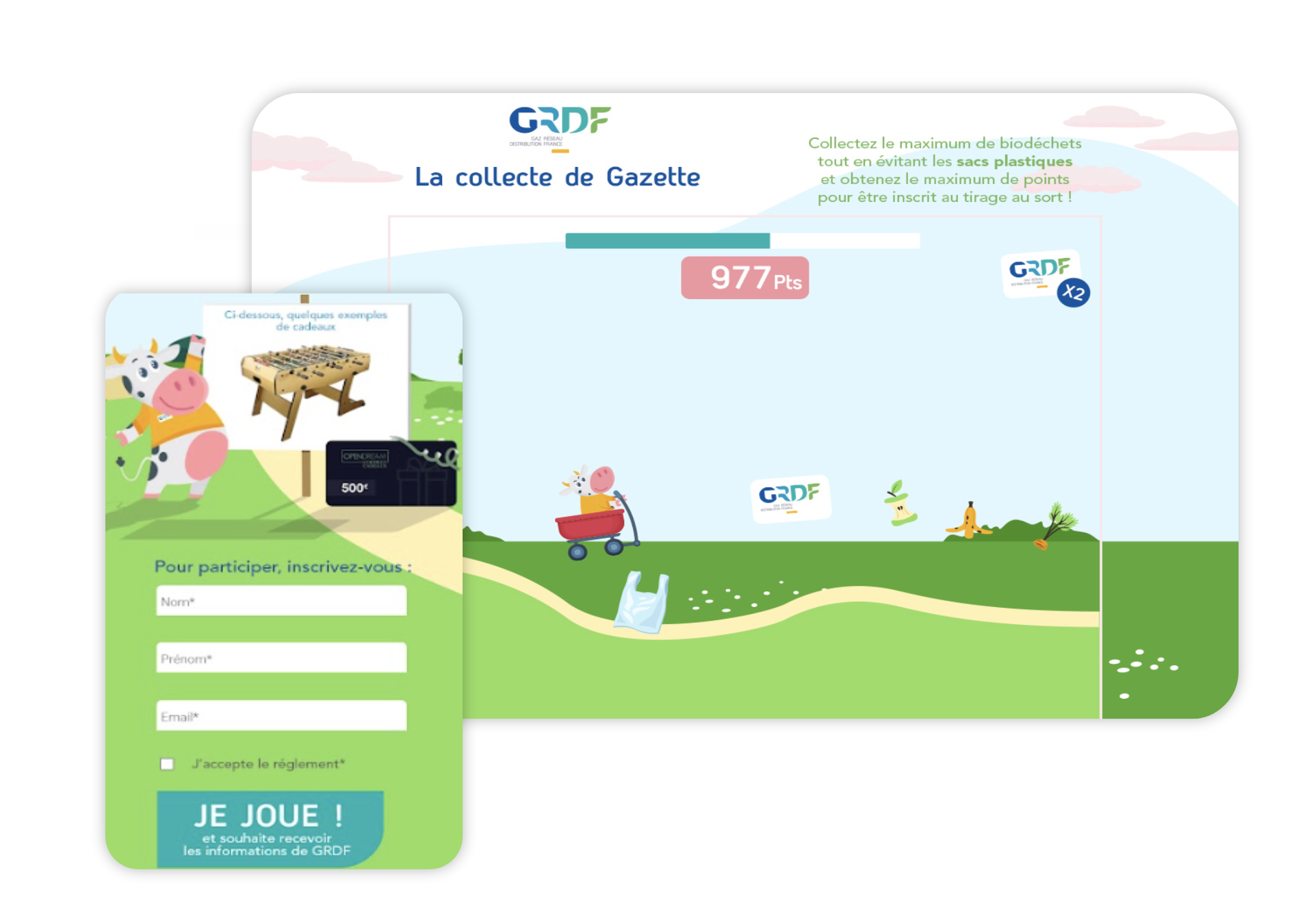
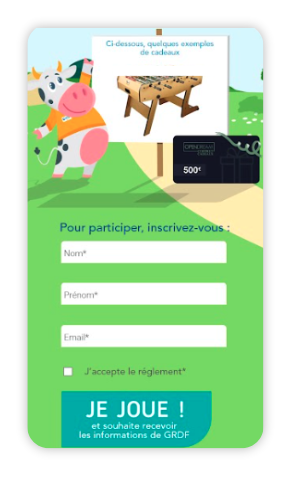
- Geolocation games (for drive-to-store or local campaigns). A geolocation game encourages players to visit points of sale by unlocking rewards. Example: Autosphère organized a geolocation-based contest to attract users to its dealerships.
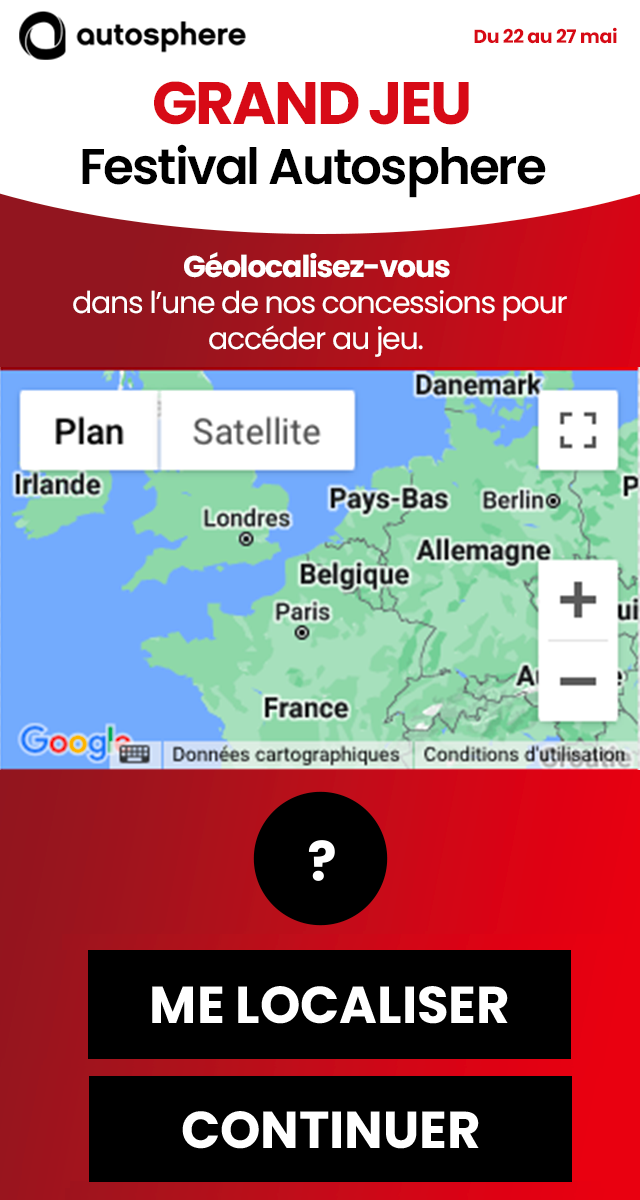
Best practices for optimizing campaign distribution
Launching an advergaming campaign is not just about choosing the right game. How the campaign is distributed and measured plays a key role in its success.
- Omnichannel strategy: The campaign must be designed to reach consumers on the channels where they are active (social media, websites, mobile apps, email, etc.).
- Monitoring strategic KPIs: It is crucial to define and monitor clear performance indicators to evaluate the success of the campaign. KPIs to monitor include participation rates, conversions, time spent on the game, and sales generated through the game.
- Iterate and adjust: Advergaming is a dynamic tool. It is important to be creative and adjust the campaign as you go. If a game generates more engagement than expected, it may be useful to create additional challenges or adjust the rewards to further stimulate participation.
Conclusion
Advergaming is an effective strategy when it is well thought out and tailored to your brand’s objectives and the expectations of its target audience. It is a powerful tool for boosting your brand awareness, converting and retaining customers, and increasing the memorability of your messages. Launch an advergaming campaign today by customizing our interactive marketing games!



